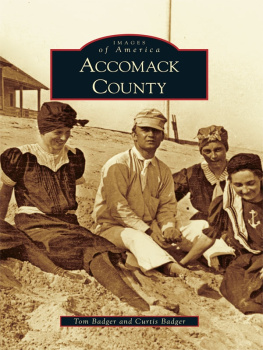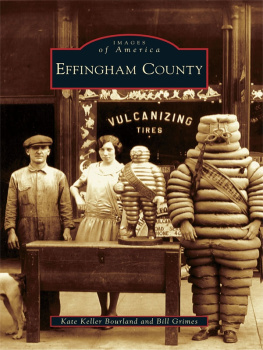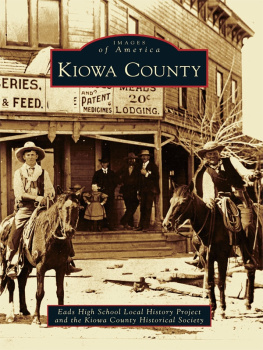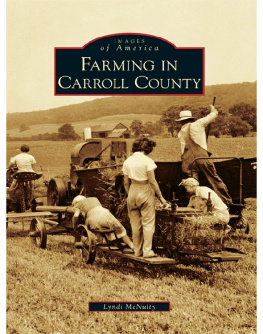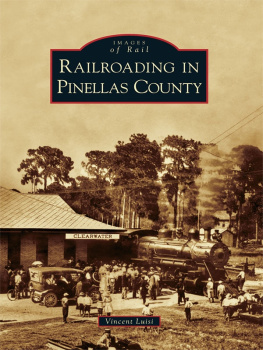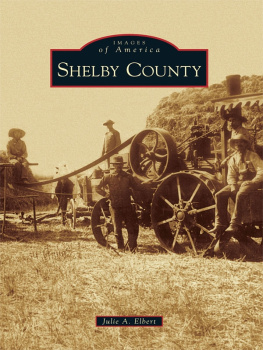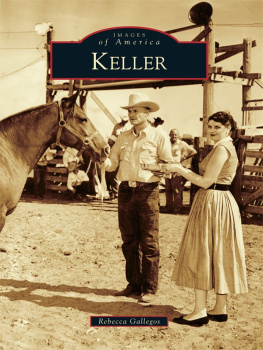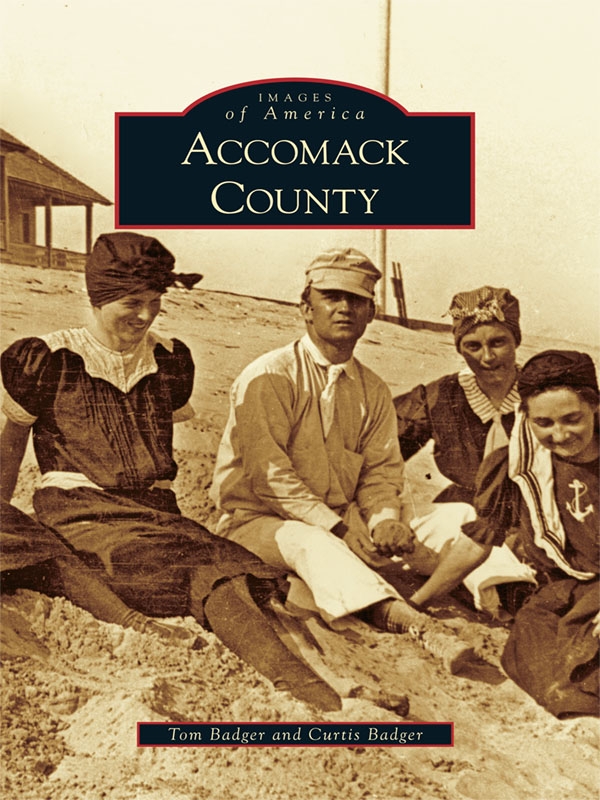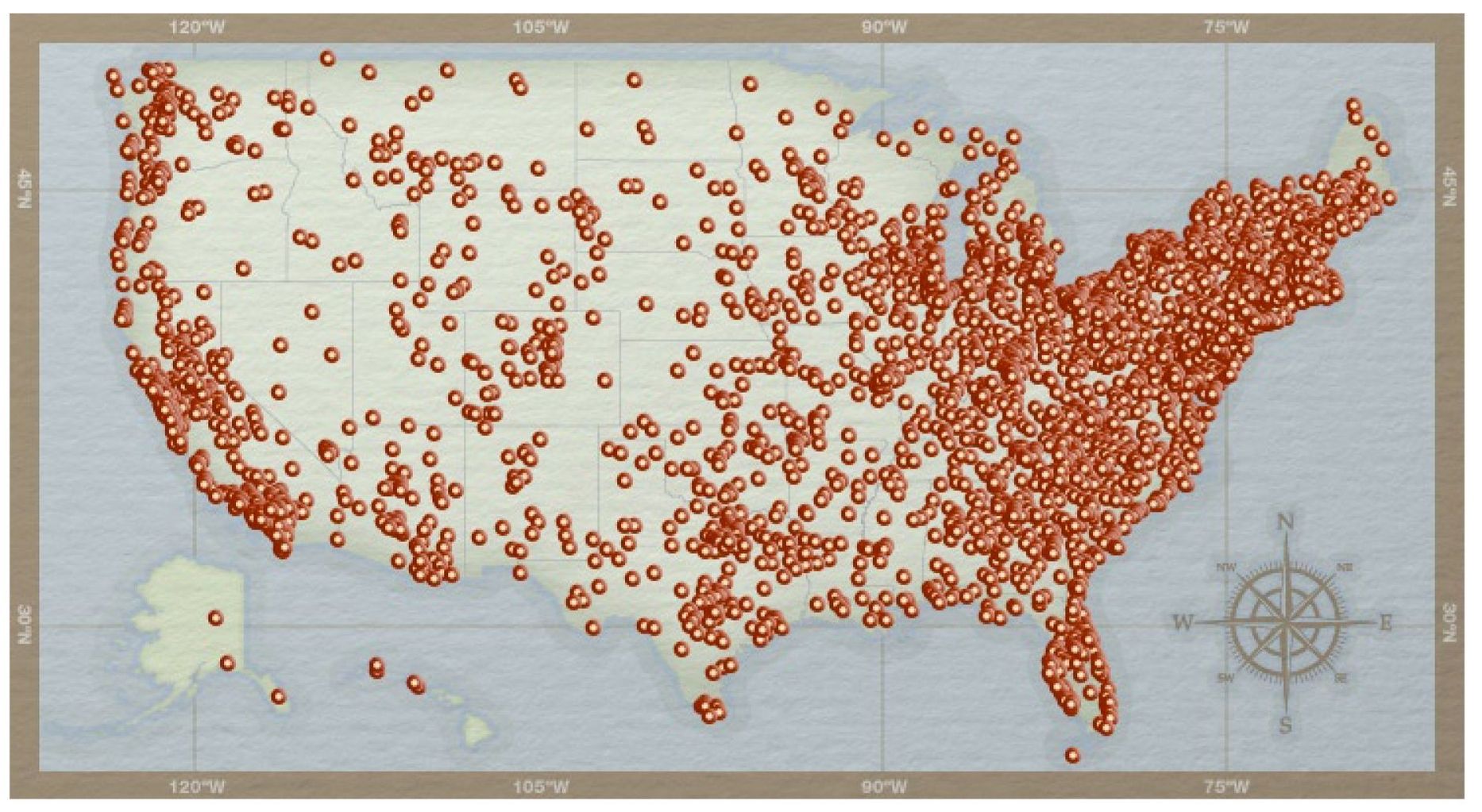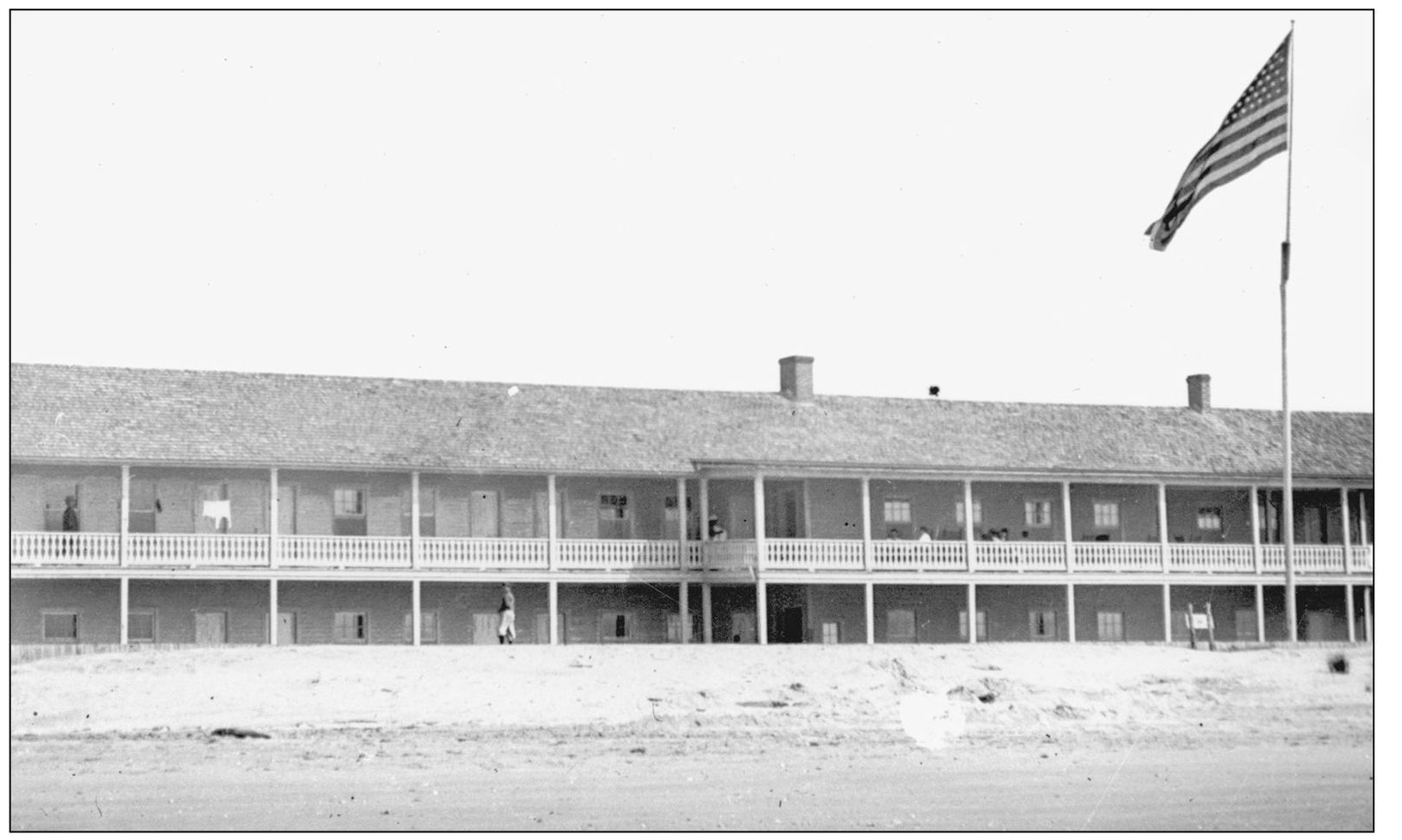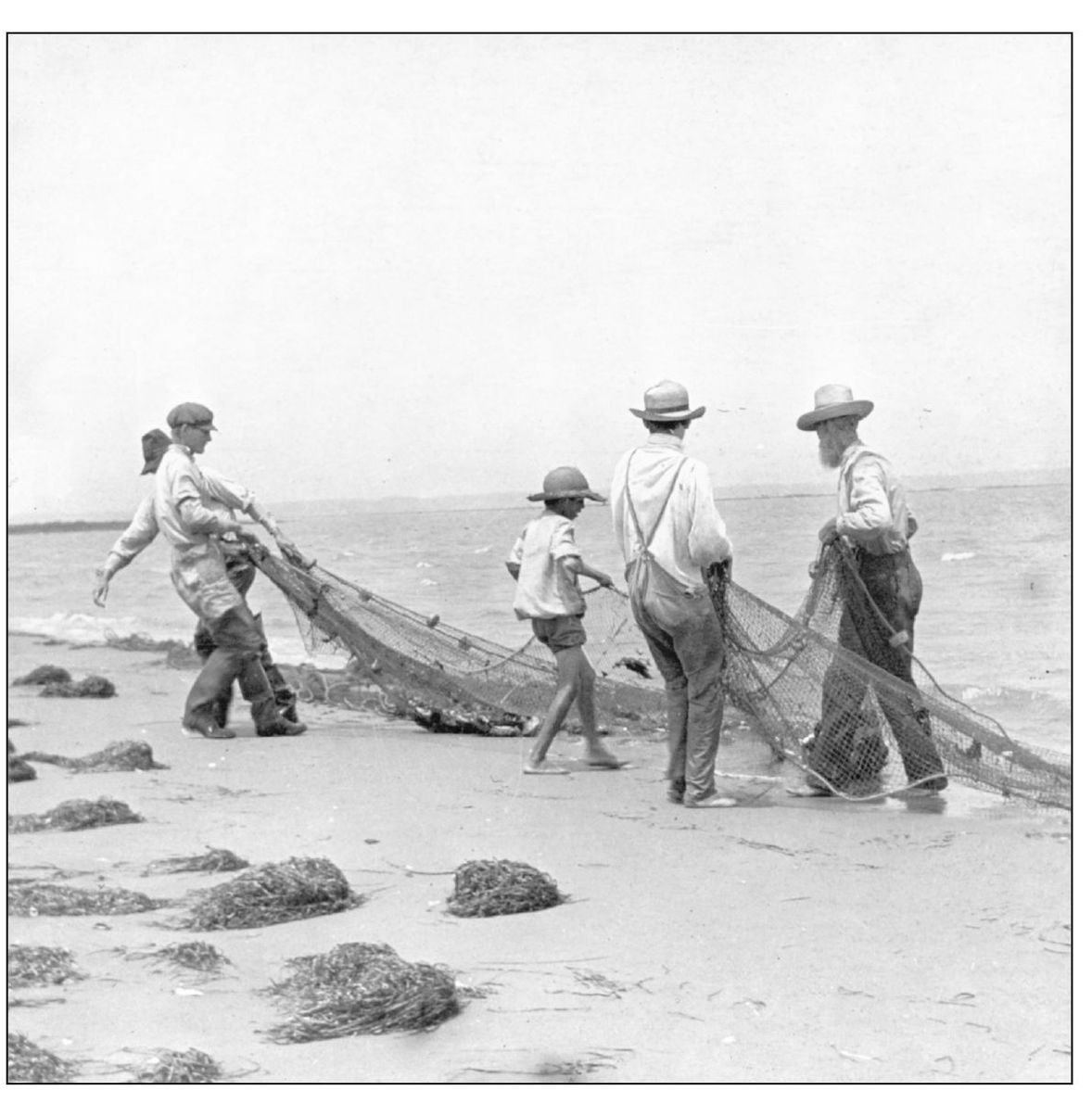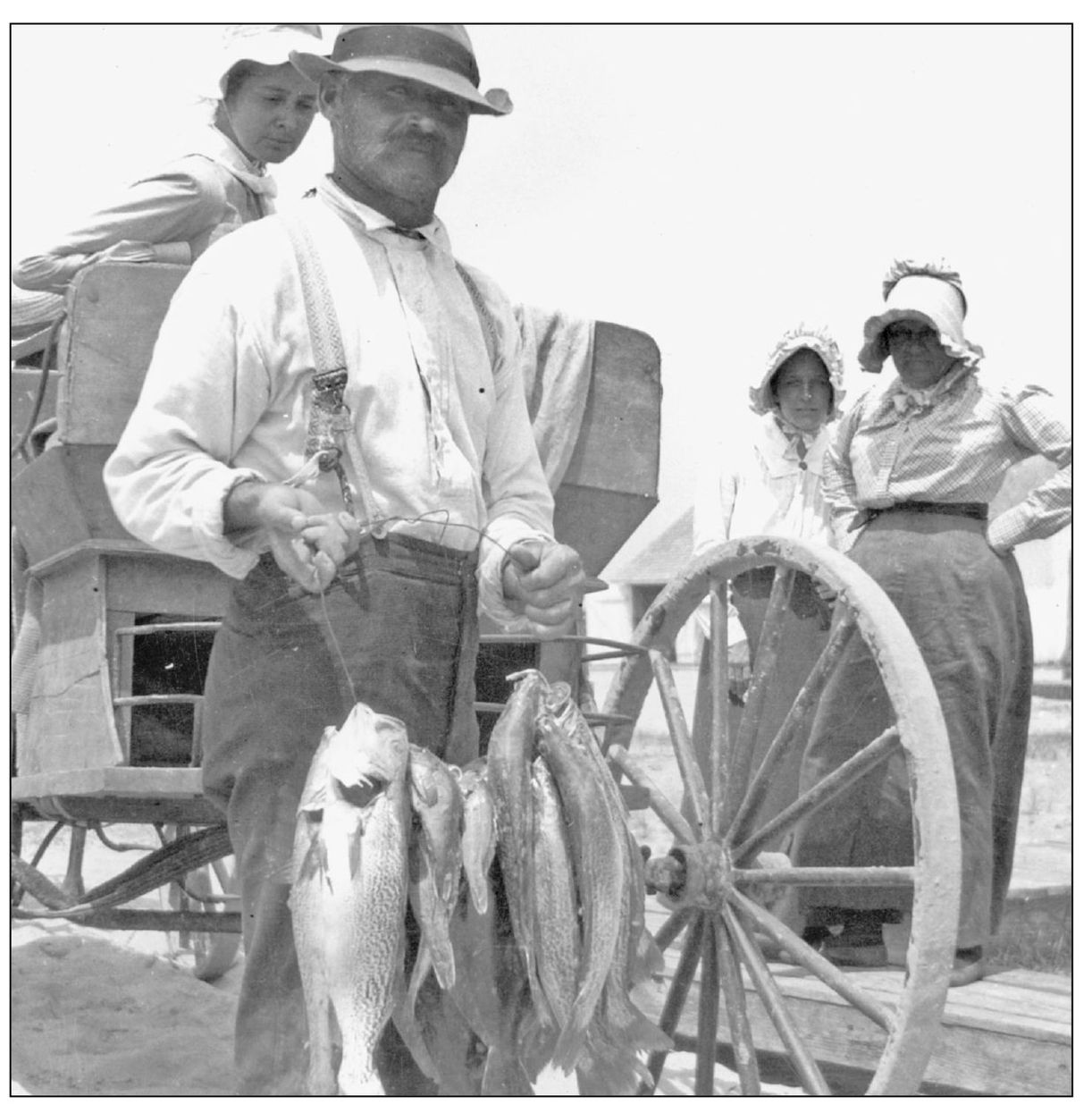Tom Badger - Accomack County
Here you can read online Tom Badger - Accomack County full text of the book (entire story) in english for free. Download pdf and epub, get meaning, cover and reviews about this ebook. year: 2011, publisher: INscribe Digital;Arcadia Publishing, genre: Home and family. Description of the work, (preface) as well as reviews are available. Best literature library LitArk.com created for fans of good reading and offers a wide selection of genres:
Romance novel
Science fiction
Adventure
Detective
Science
History
Home and family
Prose
Art
Politics
Computer
Non-fiction
Religion
Business
Children
Humor
Choose a favorite category and find really read worthwhile books. Enjoy immersion in the world of imagination, feel the emotions of the characters or learn something new for yourself, make an fascinating discovery.
- Book:Accomack County
- Author:
- Publisher:INscribe Digital;Arcadia Publishing
- Genre:
- Year:2011
- Rating:4 / 5
- Favourites:Add to favourites
- Your mark:
Accomack County: summary, description and annotation
We offer to read an annotation, description, summary or preface (depends on what the author of the book "Accomack County" wrote himself). If you haven't found the necessary information about the book — write in the comments, we will try to find it.
Accomack Countys history revolves around two elements: the land and the sea. The land is fertile, capable of producing great bounty, and Accomack is surrounded by the Chesapeake Bay and the Atlantic Ocean. So Accomack has enjoyed two advantages: an ability to produce food and the means of getting it to market. Public wharves were once located on many creeks where farmers would bring crops for market. Then, in 1884, the railroad came through. The railroad created new townsParksley, Onley, Keller, Tasley, and Painterand it meant the demise of the numerous public wharves. Today most of these old gathering places exist only as names on a map and perhaps a collection of twisted pilings at the waters edge, the last tangible evidence of a time in our history long past.
Tom Badger: author's other books
Who wrote Accomack County? Find out the surname, the name of the author of the book and a list of all author's works by series.

